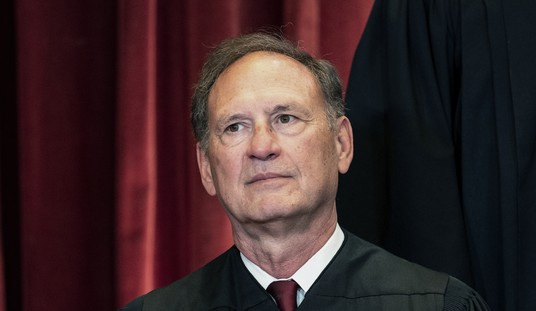There are a welter of issues raised by the public policy debate over same-sex marriage and whether to treat it, for purposes of the law, as identical to traditional opposite-sex marriage. Among other things, there is the broader debate over the propriety of valuing tradition (i.e., the collected experience by trial and error of large numbers of people over time) and the respect we give to broad-based popular sovereignty in evaluating human relationships. But even treated purely as a matter of quantifiable empirical social science, the legal debate comes down to whether there exists any rational basis for distinguishing the two relationships. The burden of establishing the complete absence of such a rational basis is on the proponents of court-mandated “marriage equality.” And new Census data makes that burden harder to carry.
While I’m in favor of granting civil-union status to consenting same-sex adults, I have made the point at great length previously (see here and here) that the most obvious legal argument for why opposite-sex relationships are different from same-sex relationships – and can be recognized as such in democratically-enacted laws – is that they are vastly more likely to produce children, for reasons so biologically obvious they should not have to be repeated. Now the New York Times has given us some statistics from the Census Bureau that confirm the relatively low number of same-sex couples that are raising children (even before we get to the issue of bearing biological children): “About a third of lesbians are parents, and a fifth of gay men are.” The Times article breaks this out by region, but even its most optimistic spin shows an incidence of child-rearing that would be very low by the standards of opposite-sex couples:
About 32 percent of gay couples in Jacksonville are raising children, Mr. Gates said, citing the 2009 Census data, second only to San Antonio, where the rate is about 34 percent.
Consider, by contrast, the overall Census data for married couples. If you compare the “All Families” line to the “With own children, any age” line, you can quickly calculate that 60.2% of married couples have children in the household, and 74% of those include at least one child under age 18. If you break it out by the age of the heads of household, you see that a very large proportion of married couples in the prime child-bearing years have children at home – 24.6% for married teenagers, 37.7%, 22.8% and 26.1% for married couples 55-64, 65-74 and age 75+, respectively, but for the prime years 58.5% (age 20-24), 69.8% (25-29), 80.6% (30-34), 86.2% (35-39), 84.9% (40-44), 77.8% (45-49), and 62.1% (50-54). And the declining numbers after age 55 simply reflect people who have finished the job of parenthood. If that’s not a statistically significant disparity, what would be? I defy anybody to come up with any significantly-sized sample of same-sex couples at any age that shows over 80-85% to be engaged in raising children.
At the end of the day, this is why the real action in the legal battle – other than simply judge-shopping – is in the proponents trying to change the legal standard by which their evidence should be judged. Because the data is against them.













Join the conversation as a VIP Member